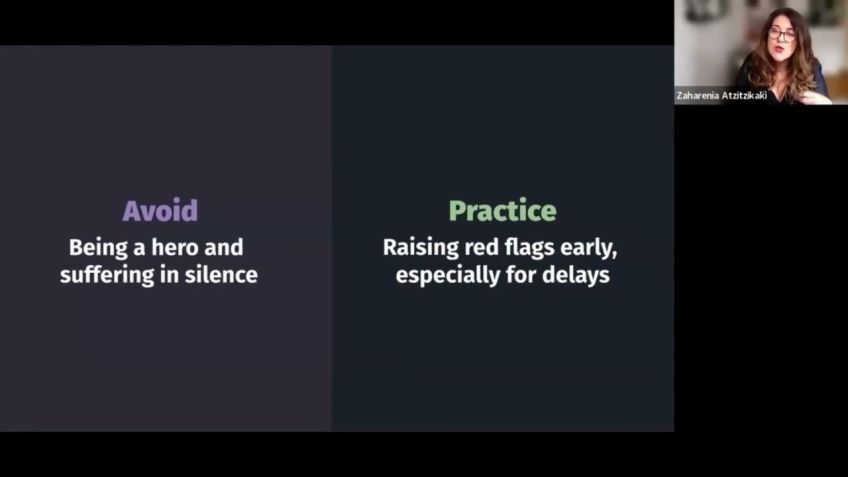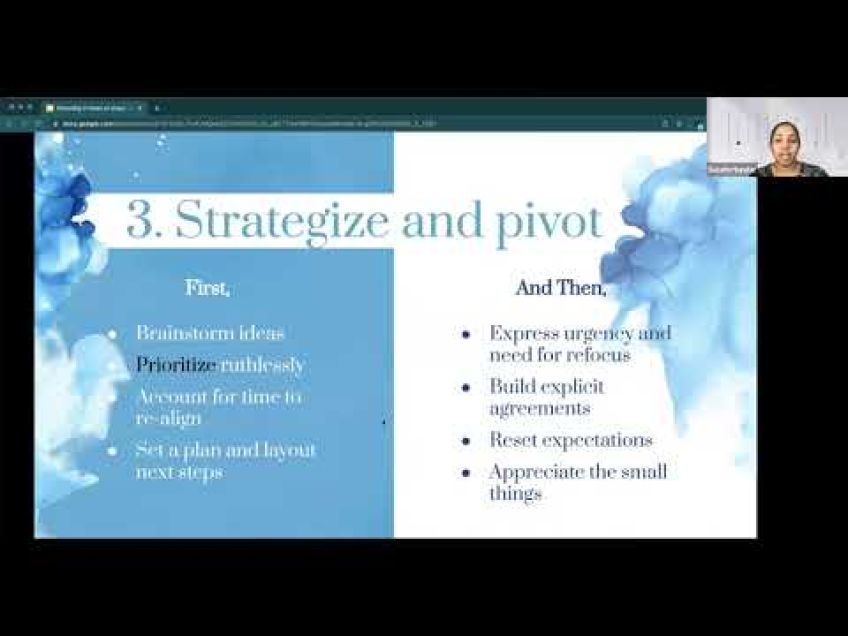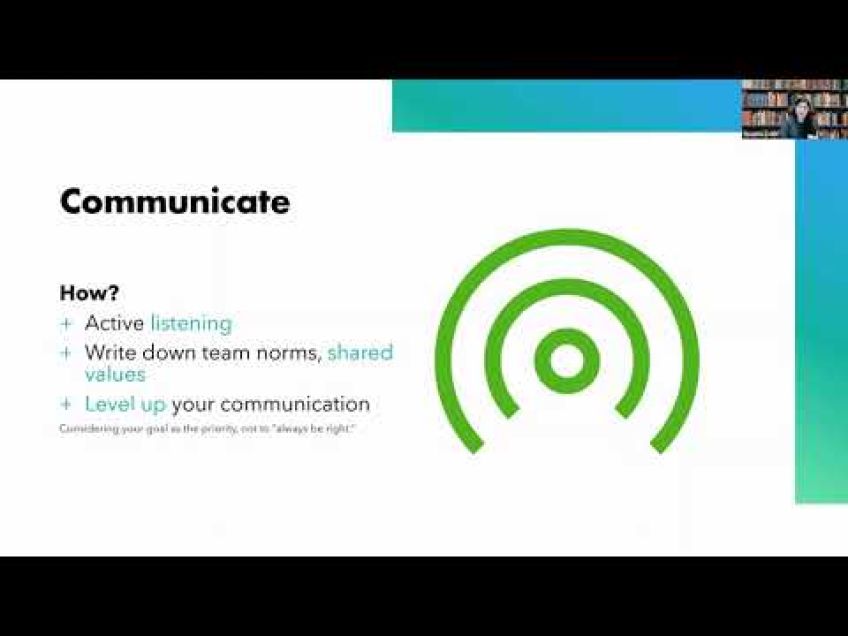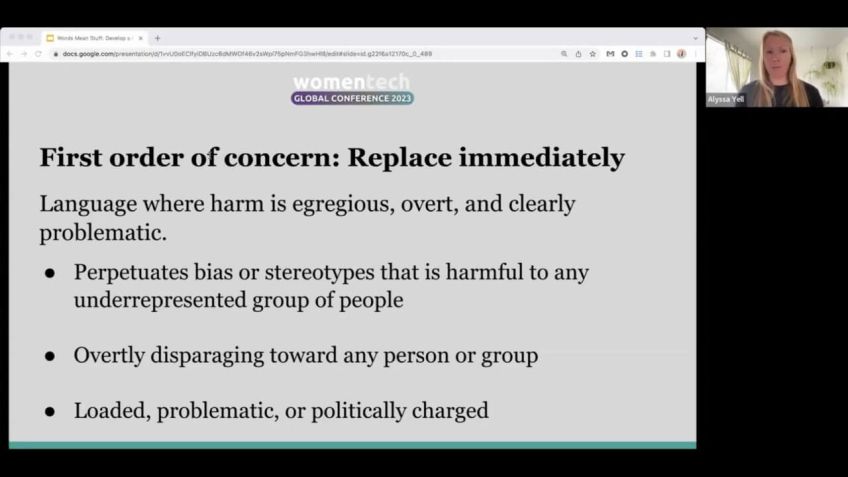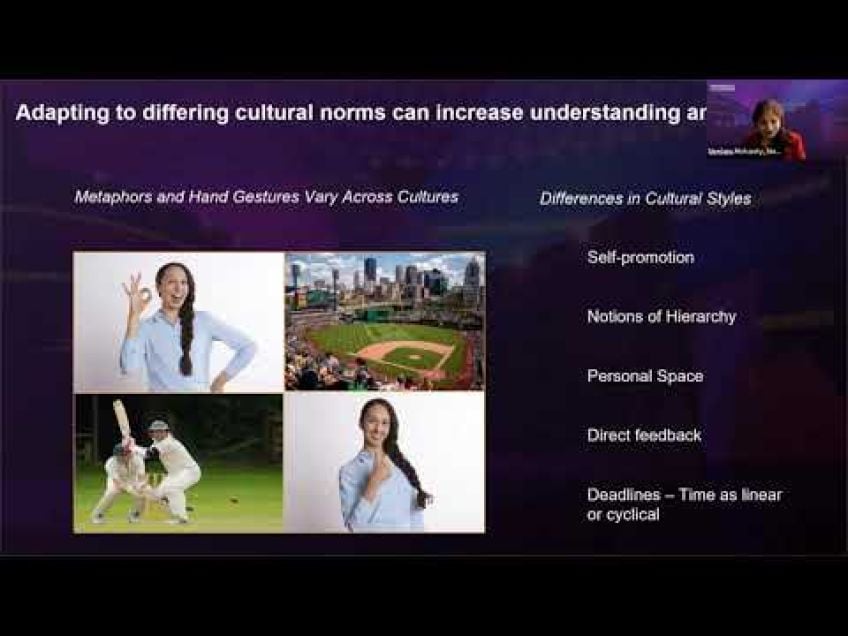The Unconscious Use of Hands and How They Add or Detract From Your Message by Michelle Coombs
Mastering the Unconscious Use of Hands: A Key to Effective Communication
Whether we’re aware of it or not, our hand gestures often speak louder than our words. They can add depth and meaning to verbal communication, but equally, they can create misunderstandings or conflicts. As highlighted by Virginia Satia, a renowned family therapist, there are specific hand movements associated with certain communication patterns that we need to understand.
The Five Hand Gestures in Communication
Satia identified five key hand movements that contribute to effective communication. These include both constructive and disruptive forms of expression, known as the Placater, the Blamer, the Distractor, the Computer, and the Leveler.
The Placater: Seeking Approval
The Placater gesture is one of submission, utilized by individuals who are non-assertive and seeking approval. It is especially common with women, but it can undermine credibility when used excessively in professional scenarios like presentations or meetings. However, this hand position is useful for welcoming people or seeking buy-in when used sparingly.
The Blamer: Finding Fault
The Blamer movement involves pointed fingers, attributing blame and fault to others. Though it can be seen as aggressive, it can evoke a strong emotional response if used sparingly and positively, such as in political speeches or in showing appreciation.
The Distractor: Seeking Attention
The Distractor gesture is about seeking attention and diverting focus. Politicians or comedians can use it effectively, but it can disrupt the flow of thoughts and attention in a professional or serious context. Additionally, wild and asynchronous clothing can contribute to the distracting effect of this signal.
The Computer: Being Rational
The Computer movement suggests an aura of correctness, rationality, and knowledge. It's highly effective when combined with a calm and factual tone but risks sounding monotonous over long periods. Therefore, it should be used sparingly and preferably when presenting factual data.
The Leveler: Bringing People Together
The Leveler is the gesture of solution-seekers and problem solvers, offering assertiveness and positivity. It brings people together and boosts self-esteem, making it a highly recommended practice for women in professional scenarios.
How to Use These Hand Gestures Effectively
While all these hand movements have their own advantages, the key to effective communication lies in using them wisely and sparingly. The below points can guide you on how to use these gestures effectively:
- Try to use the Placater gesture only when you need to appear warm or inviting.
- Use the Blamer gesture sparingly and in a positive context to avoid invoking negative emotions.
- Limit the use of Distractor and Computer gestures to prevent distractions and bring focus to your point without seeming monotonous.
- Finally, aim to use the Leveler gesture the most, as it imparts authority, credibility, and assertiveness to your communication.
In conclusion, understanding and mastering the unconscious use of hands can significantly enhance your leadership and communication skills. Remember, your body language speaks volumes about you. Make sure it's sending the right message!
Video Transcription
Good morning folks. Well, if you're in the UK, it's definitely morning. How is everybody feeling today? I hope you're all good. Hoping everybody can hear me if you can pop a yes, you can hear me and you can see me in the chat. Perfect.Thank you, Carl for putting a thumbs up. Perfect rib. Wonderful. OK. I'm going to hide the um chat comments during this presentation. And first off, I'm going to apologize because during this presentation, I'm going to be talking about the unconscious use of hands. So I am going to purposefully not be using my hands during this presentation, which makes it one of the less easy presentation topics to do when you're a natural hand talker. It's also really nerve wracking being in front of a screen talking to all of you. So, firstly, thank you all for attending. I'm really looking forward to presenting this topic on the unconscious use of hands. I do have a couple of notes as I go through. Um So if you see me looking down like this, I'm just referring to some notes. So let me just give you a little bit of background about myself I'm Michelle. I'm the founder of the tech Leader Network and I'm helping 350,000 tech leaders over the next 10 years to get to where they want to be is probably one of the best ways to say it.
So let me tell you why I chose this topic of the unconscious use of hands. And what happens when you mis utilize your hands during a presentation and I'll demonstrate this later on for you. So, have you ever watched a movie or um, a video on youtube? This is my favorite thing to do at the moment is watch a video on youtube and you watch the hands go off all over the place and you, you put it on mute and you think it's something funny and then you take it off and actually it isn't something funny at all. It's actually something quite serious. And yesterday Sharon mcleod did a presentation on executive presence and she used a video uh for the who was it for the Stark County commissioner. And he utilized one of the hand patterns we're going to show shortly. Um But it made his whole presentation look as if he was angry, but actually his message was actually quite serious. And if you'd have read it in a written way, as uh Sharon said, it would have seemed absolutely perfect. So that was a great example that was displayed uh the other day. So where do these hand movements come from so wipes hand movements. Let me just step back a second. So, hand movements, as we've said um is 7% words, 38% tonality and over 50% is about body language. So it's really important that you utilize all of the methods of communication available to you. And are you talking about hand hand messages?
Is it where there's a new phrase that's just popped in my head? And it's come from a lady called Virginia. Satia. Now, Virginia Satia was a family therapist. She was internationally renowned and she observed and worked with various families and observed their communication patterns and she identified that there were five hand movements that really um got the communication across really, really well. Now, four of those hand me methods, uh hand movements are responsible for conflict and one is for bringing people together and we're going to talk about those four that you're going to want to lose, particularly if you're in a meeting at work. And the one to keep when you're wanting to get your message across, particularly if you've got any of those mansplainer that go along and try and get over everything that you say. So I'm going to talk about the first one then. Um the first one is the pla I'm probably rattling through these really, really quickly and I haven't put a timer on. Uh but we're five minutes in. So that's good. What, four minutes in. So the first one is the Plata. Now, this is a non assertive hand movement and I'll demonstrate this for you shortly after I've gone through what they are. Um, now the Plata, you'll have to see if any of these resonate as well with you shortly as well.
Is this is probably one of the biggest ones that are a problem for women. Uh, we have a natural tendency to do this and that is to put our hands up when we're talking. And this is also a biggie when we are trying to get our messages across. Um because we're effectively saying, please, will you listen to me and please, will you like me? Um Please accept my message, those kind of things. So pres they're out to please, they're non assertive and they never disagree with others. They're always seeking approval and they avoid conflict.
Their main concern is how other people perceive them. So that's the side that you'd really want to be avoiding when you're in a meeting, trying to present um a proposal or um you are troubleshooting and taking the lead on a major incident, for example, or coming up with, with in front of a customer, even if you're sitting there um presenting why your stats are particularly low that month, you don't want them to be pleading with you.
You want to be giving them the assurance that they're going to get the actions that they need. So the flip side of this though, is the, it's very, very useful for when you are welcoming people or obtaining buying. So you would need to use it sparingly. OK? So the next one that I have for you is the blamer. Now, the blamer is also one of the hand movements that cause conflict. And these people are always finding fault. They, if you, if you find people that utilize these all the time, sit and observe their behavior while the uh while they're talking and communicating with people and then afterwards and just listen to the words that they're saying because you'll find this pattern falls a lot.
So they never accept responsibility for themselves. They're always blaming someone or something else. The blamer is actually hiding behind a feeling of alienation and loneliness behind a tough and complacent mask, blamer also are more likely to initiate conflict and you'll see why shortly.
And I'm, I'm going to apologize now that I'm going to have to do this to you, but you will certainly feel an emotional response. Now again, everything has a flip side. So no way of communicating is absolutely wrong. This is just a presentation for those of you that are joining us um of hand movements to avoid join meetings and to utilize join meetings. So with the blamer, as I say, it's, it certainly invokes an emotional response. So you would need to use this sparsely and politicians go back to that flip side. So politicians will utilize this and Hillary Clinton does this a lot is you'll find her pointing and clapping at people to give them, um, the assurances, uh, uh, and welcome people and all the rest. But I'll, I'll show you that uh, shortly when again, I do the demonstration.
So I'll show you both, um, the, what not to do in a meeting and how to utilize it correctly in a meeting if that makes sense to you guys. So the third of the hand movements that you're going to want to um avoid during a meeting. And again, this one is the one, this is the one that will instantly blow your credibility if you utilize it incorrectly. So, distractors, they seek attention. It's the distractor hand gesture, obviously. So distractors, they seek attention to compensate for how their feelings of loneliness of all inadequacy.
So rather than a positive action, they will use a range of emotions from anger to guilt and to humor to e either avoid an issue or manipulate how others feel. Now, clothing can also form a distractor, particularly if you're wearing a synchronous clothing in a meeting because it can just distract. And this is one of the ones that a lot of people use in videos and Tik Toks that I was referring to earlier. Um So if you get lost in the youtube vortex, uh and watch people speak again, turn off the sound and listen to them on mute, uh particularly when they're waving their arms around and you'll observe the distract and you, once you see it, you will be distracted by it. Now, the flip side of this is that comedians will utilize it when they're delivering jokes and lunch lines. And again, we're gonna do the demonstration very shortly for you. Um We will obviously cover how to utilize it if you are a comedian. Um But we'll cover that one later. So the fourth one that I want you to avoid, um and it also comes with a tone of voice on this one is the computer hand gesture. Now, this one is um utilized by those kind of people who are very correct and proper and they are the know it all. Um They display no emotion, they are the front of all knowledge. Um They are often masking a feeling of vulnerability.
And again, there can be a firework of emotions inside, but they appear very calm and super rational on the outside. Uh And again, the clear cold and unfeeling so how to utilize the computer hand gesture. I'll be sharing you very, very shortly. Now, in terms, as I just mentioned about the voice tonality, which again makes up 38% of the communication, computers talk or people utilizing the commu computer. Um Yes, the people that are using the computer are often talking in a monotonous voice as well. So they'll just keep droning on and on and on and on without any pattern. Or cadence or tone tonality changes in their voices. Um But generally, it's really useful to use for short bursts of time when you were conveying knowledge and facts about data, it shows that, you know, that you've got a handle on it. Now, the one that I really want you to utilize and the one that we as women do not use as much as we should is called the leveler. Now, this is the uh category, the communication category that brings people together. And with this hand gesture, you'll come across as cross as on the level centered and factual, uh you will piss assertive you. These people that use leveler are mutual problem solvers. They like to work with others and they look for solutions.
There are a few threats to self esteem, it's nothing to worry about that, which is great. Um They have cos pos two words, try to come out in one go there. They have a conscious, positive intention behind everything they do and they hold strong, positive beliefs about themselves and others. They operate from strong personal values and have flexibility if behave with you when communicating with others. Now, I'm absolutely certain that is one that we would all like to be able to display our communication method. So if it's all right with you, I'll demonstrate these for you. Now, I just checking on the time 10 minutes to go. Perfect. So I'm going to step back. OK. So if we do them in the order that we had. So let me just check. We had got the plac, the blamer, the distractor, the computer and the leveler. So the first one and this is the one that we as ladies do most often is the plac. So as you can see, my palms are up, I'm literally saying, please, sir, I want some more. Now, usually as well with this hand movement. When we're pleading with people, it's please like me and our voices are much higher up in our throat. Now, if you're presenting and you're saying, let's work together on this, it's going to be like, please, will you work with me? Ok. So I'm going to use that as our message for the day. Um Let's wait. What was the message? Oh Crikey, I've forgotten Michelle.
When was it? It was come and get a, let's let's get, let's get a meeting for this. So let's get a meeting together uh so that we can solve this problem. It doesn't come across as I know what I'm doing. Not, I've even put myself off now. Great. Um So yes, please keep your palms. Stop that when you're in a meeting because people just won't use it. Now, if you are welcoming people in the room, for example, if you were going to a meeting and you are welcoming people in and you're like, hi, how are you doing? Great to be here? Absolutely. Use your palms up. But when you are delivering your presentation, keep your hands from being palm up because it will not help you unless you are asking. Can you give me a like in the chat? Give me a like give me a thumbs up. That will be fine. So the next one is the blamer and I want you just to notice the uh internal response you get on this, the, the, the emotion. So if I was to say using the message of uh let's have a meeting on, let's get a meeting together on this. Let's get a meeting together on this. I'm sure that probably woke you all and I do to apologize because now how did that make you feel?
Because if you go around using the blame and you see people pointing at each other and um it is, you just blame people. I'll do it sideways on because I really do not want to do this to you, but your foot is going to be forward. Uh You can't see because I've got a bookcase behind me, your foot is slightly forward and you would lean into it. Uh And that is how you would do a proper Bayer. And again, with your voice projection, you would push that voice projection right down into your root Chapra region uh because it would carry much more um raw power from there. So the blame, as I mentioned is utilized by politicians. So what will happen is And again, I'll do it sideways on. And this way, you would leave it slightly lent back. You can utilize this if you were giving people praise in a meeting. So you do, you have done a fantastic job and you would utilize it in a different way. However, during a general meeting, generally do not point at people. Um and certainly leaning forward because it comes across very, very aggressive and you'll put people into an internal state that they do not want to be. And when they join a meeting, now, the third one, and this is the one that I mentioned when you're doing live videos.
And this is the one why I'm desperately or, or keeping my hands firmly down to my side because although there is a safe zone of hand movements which is here, um What you will often find is if people start talking around and they're moving and they're doing this, it gets, it's very good.
They really distrust to each other and they're not clean and clear with the movements. So if you're doing this in a meeting or look at the flip chart, look at the board, oh my hair's behind my ears, whatever it is, it gets really distracting. And again, a great one to observe this behavior in play is watching videos with the sound off. Now, the flip side, as we say, there's always two sides of every hand gesture and a and utilizing the context, the distractor in a comedian, if any of you are comedians, um, the distractor how to utilize it there is when you were telling the punchline to a joke. I'm sorry, I am really rubbish at telling jokes. So I can't tell one for you, but when you are delivering the punch line, you'll see them all the time. You've got people going there and making people laugh or the one is just like when you're watching a movie. And, um, Tony Stark does this, for example, in the Avengers, uh, as he's thinking, it gives that, um, humorous kind of feel to it. So just move my hands very distracting, really shouldn't do it. So that's how to utilize the distractor. Now, the flip side again, not the flip side. The next of the four was the computer.
Now to utilize the computer, you're going to just get your fingers in and out and you're going to put it as if you're there, you're going to put your other arm underneath and then you just utilize your voice and talk monotonously and you're just going to relay the facts because there is nothing more important than the facts and just go on and on.
And once you have delivered your data, you utilize your hands and put them back down. Now, if I was to deliver the whole presentation or the whole of that section about, uh, Virginia City that spoke about at the beginning or the very, or, or the high level facts about each of the communication categories is so you would all be bored to death and fast asleep by now.
So you don't utilize it for the whole of the meeting. You would use it purely to display the facts to say that your sl A is at 98% for the month. And that would be perfectly fine where you're talking data and you want to appear knowledgeable and that you've got your finger on the pulse that would be the one to utilize but do not use it all the time. Now, the one that we really want to utilize as women, particularly when we're presenting and utilizing a proposal is the leveler. OK? And this is really simple and I want you all if possible stand up or, or copy along as I do this one, what you need to do is bring your hands up, I'll step back slightly. You push your arms down and out as you underline the point. So if I was to say, let's get a meeting together, it's really important uh or anything like that where, where you want to gain the buying when you're delivering your key points in a message. So the key points that are really important to take away, that is the hand gesture you move, you'll notice that your hands are palmed down, you are not accepting or pleading with people to listen to you. You are telling them how it's going to be.
And that is the level of this is the one that brings people together. So when you're looking to solve a problem, that's the one to use. So that are the, those are the four. Now, some things to utilize. I think I've just got one minute left, um, would be in congruent behavior, but I think I've enjoyed doing that too much on the presentation. So I absolutely apologize. But if any, if you've got any questions, please do ask. And um, if you want visit me in the booths, I'm over at the Tech Leader Network, I'll be there for the rest of the day and have a great day guys. I hope they found that most useful. And again, please reach out if you want any further information. Thank you for watching. Thank you for the lovely comments as well. This is lovely. This is a genuine hand movement bonus, empathy, love it. Uh Thank you so much. Thank you. Thank you. Thank you, everybody. I really hope you find that useful, go and practice, watch youtube with the sound off and um just see the differences in behavior that you get. So I hope you found that most useful. And thank you and bye.

